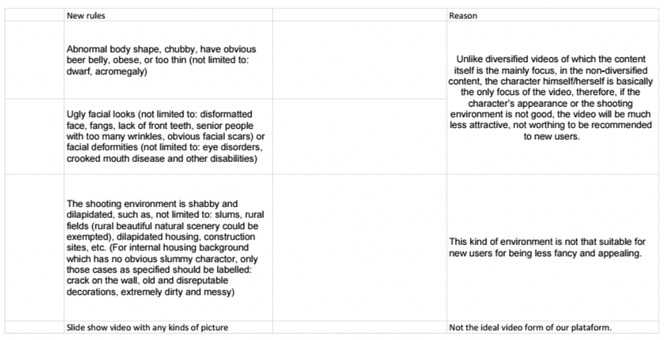Meet the ‘mid girl’, the latest TikTok trend used to elicit compliments – Technologist
“I’m a mid girl, obviously… when I wake up, I’m not a natural beauty. I get criticized for my looks, I’m too skinny, too pale. To fit in with summer beauty standards, I have to use self-tanner,” says the young French TikToker @Maelysse.ABY (515 followers). The shortform video app user took part in the popular TikTok trend of “I’m X, obviously I…” to recount a personal reality through anecdotes.
This time, however, the “mid girl” trend – a woman who is supposed to be “average,” in other words neither ugly nor pretty – has been adopted by many Gen Z women and provides an insight into the influence of increasingly costly and shame-inducing beauty criteria.
The first user to popularize this on French TikTok was undoubtedly @Lunaindaclub (75,000 followers). “I know I’m a mid girl, because the only compliments I get are from my family,” she said in March, amid a string of assertive statements in a video liked over 330,000 times. Many users wonder in the comments: If this rather pretty girl is “average,” then they must be even more so. In short, behind the apparent sense of defying body shame lurks a sophisticated machine of complexes. False modesty or a cry for help? It’s hard to say. The fact remains that presenting yourself as a “mid girl” seems to be an effective strategy for garnering a plethora of compliments.
A frantic quest for validation
While TikTok aims to be the down-to-earth alternative to Instagram (where countless replicas of idealized beauty scroll by) by promoting authenticity, the reality is quite different. In fact, according to an investigation by The Intercept in 2020, the algorithm tends to censor posts by users deemed “ugly,” as well as “poor,” to “inspire” new users, mainly through biometric facial recognition, which assigns a beauty score. As a result, on the Chinese platform, appearances are increasingly remarkable, enhanced with filters – increasingly difficult to spot on the face as well as the body – and retouching (in three seconds, you can whiten your teeth, smooth your skin and more).

Unfortunately, this is increasingly leading to “digital dysmorphia,” a negative psychological and emotional impact generated by technology, which can negatively affect an individual’s perception of their body. The problem with the “mid girl” is that she objectifies herself by referring to subjective beauty standards, which evolve cyclically and differ from one country to another. So, in a sense, these standards are unattainable. As a result, she becomes part of a frantic, self-defeating quest for male validation. Forget her human qualities, she’s only there as an object of contemplation, self-deprecating in order to be re-evaluated. The real worry is that the “mid gir” is probably spending too much time on TikTok.


